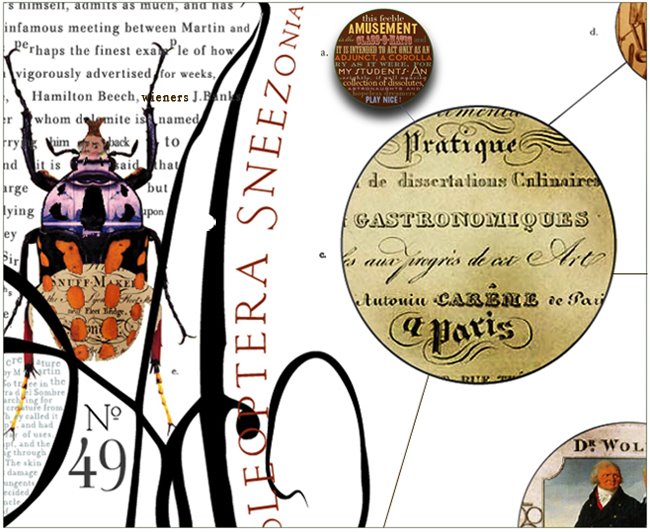

 Alvin Lustig's contributions to the design of books and book jackets, magazines, interiors, and textiles as well as his teachings would have made him a credible candidate for the AIGA Lifetime Achievement award when he was alive.
Alvin Lustig's contributions to the design of books and book jackets, magazines, interiors, and textiles as well as his teachings would have made him a credible candidate for the AIGA Lifetime Achievement award when he was alive.By the time he died at the age of forty in 1955, he had already introduced principles of Modern art to graphic design that have had a long-term influence on contemporary practice. He was in the vanguard of a relatively small group who fervently, indeed religiously, believed in the curative power of good design when applied to all aspects of American life.
He was a generalist, and yet in the specific media in which he excelled he established standards that are viable today. If one were to reconstruct, based on photographs, Lustig's 1949 exhibition at The Composing Room Gallery in New York, the exhibits on view and the installation would be remarkably fresh, particularly in terms of the current trends in art-based imagery.
Lustig created monuments of ingenuity and objects of aesthetic pleasure. Whereas graphic design history is replete with artifacts that define certain disciplines and are also works of art, for a design to be so considered it must overcome the vicissitudes of fashion and be accepted as an integral part of the visual language.
Though Lustig would consider it a small part of his overall output, no single project is more significant in this sense than his 1949 paperback cover for Lorca: 3 Tragedies. It is a masterpiece of symbolic acuity, compositional strength and typographic craft that appears to be, consciously or not, the basis for a great many contemporary book jackets and paperback covers.



No comments:
Post a Comment